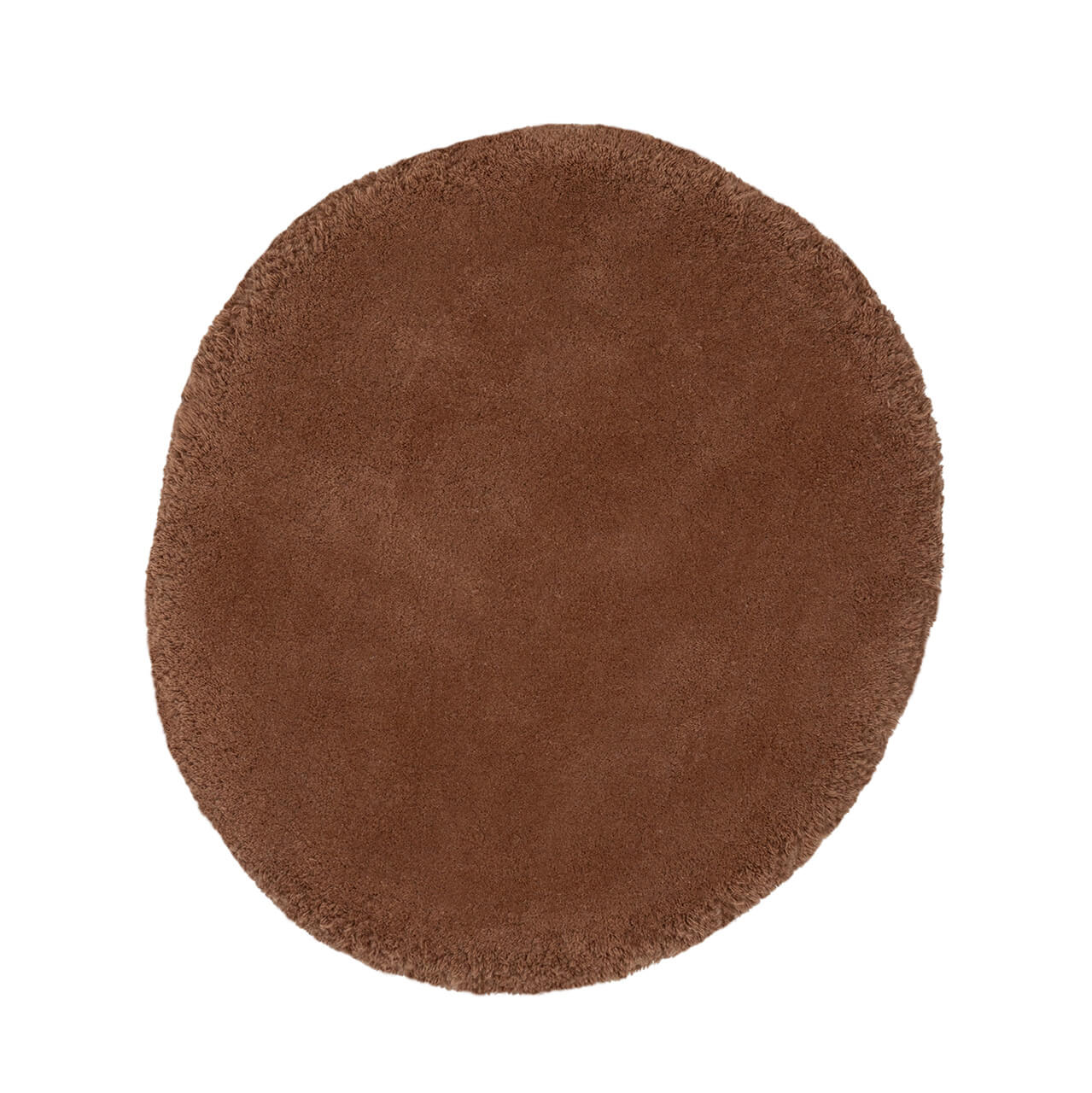Ciclopi Collection | Milano Design Week 2023
A collection featuring organic wool and vegetable dyes by Elisa Ossino
Amini Showroom Via Borgogna 7, Milano
April 18th – 23rd 2023, 10am – 9pm
Born from refined and meticulous research on raw materials and the world of colour, comes a new collection of rugs in organic wool. The material composition and the natural dyeing method are the authentic protagonists of a collection that is mainly inspired by the theme of the environmental impact of its process and of the relationship between man and the elements of nature.




With the introduction of organic wool, we would like to introduce a category of raw material that ensures animal wellness, attentive use of natural resources such as water, air and land and offer to consumers an organic, chemical free rug. Our Organic Wool wool is produced with according to clearly defined standards and certified by Gots, Global Organic Textile Standard.
The entire process is monitored and can be traced at any time – from the first cultivation of fibers to the final dyeing and washing stages of our process.
The main criteria of the standard are as follows:
• Use of genetic engineering is prohibited;
• All livestock feed, forage and bedding must be certified organic;
• All organic sheep must have year-round access to the outdoors and obtain a minimum of 30% of their dry matter intake from pastures for a minimum of 120 days to ensure grazing is a substantive portion of the animal’s diet;
• Use of conventional synthetic hormones and medicines is prohibited;
• Producers encourage livestock health through preventive disease management practices prior to the use of approved synthetic medicines;
• The scour raw wool is cleaned by using biodegradable cleansing agents and avoiding excessive waste of water;
• No use of oils and chemicals during spinning;


Organic wool production avoids use of chemicals during all steps and reduce water wastage and in the same time it helps to improve the soil’s ability to absorb water and maintain its original nutrient balance – and most importantly, by increasing the organic matter in the soil, it makes the soil a highly effective carbon bank.






Brown and Yellow
Raw Material – Pomegranate peel
The pomegranate, grown mainly in the Aurangabad region (in Maharashtra) and in Himachal Pradesh, is a fruit whose grains are protected by a peel, a unique natural colorant but often considered a waste product.
Red and Orange
Raw Material – Stem and roots
Madder is a perennial plant in the coffee family, which is grown on the foothills of the Himalayas in the Nepalganj and Sikkim regions of India. It is also known as Indian Madder. It is also used as herbal medicine.
Red and Violet
Raw Material – Lac sludge
The dye comes from the Kerria Lacca bug, also known as Lac. This insect is grown on trees, in areas of Chattisgarh, Bihar and a part of West Bengal. Lac sludge is the waste product of shellac, extracted from the insect.
Blue
Raw Material – Indigo leaves
The main cultivation of indigo takes place in Tamil Nadu and partly in Uttar Pradesh. It is a seasonal crop that must be sown every year. The freshly harvested leaves are used directly to extract the organic dye.
Brown
Raw Material – Waste by-product of Kththa (Catechu)
Catechu is what remains after the extraction of kththa, a popular Indian product used in cooking and in Ayurvedic medicine. It is extracted from the Acacia Catechu (Khar) plant, a wild treet.
Green and Yellow
Raw Material – Fruit of Terminalia Chebula
The fruit of the Terminalia Chebula plant, also known as Myraballan, is available in high quantities in the Madhya Pradesh region and Chhattisgarh, India.


A conscious livestock management can be part of the battle against climate change. Actually, less than 2% of global sheep livestock is grown under organic standard, our aim is to promote a broader use of organic wool.














